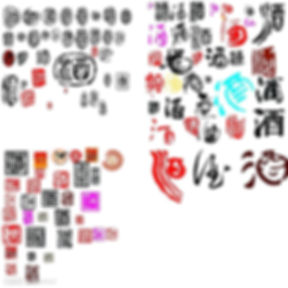Classical Guitar: commercial collectibles Part 1

I made collecting affordable commercial guitars as one of my goals for 2015. May be it’s high time my findings updated.
The vintage 1969 Yamaha Spruce/Mahogany C120D is doing great. Sound is really spruce: mellow, powerful with lots of sonority. D’Addario EJ46 bring out its’ brilliance. Lowering the tension and may be ‘face-lifting’ it are my next goal for this lovely commercial. Well, no China-made Yamahas can even come close. I Love this one. Best on Bach pieces.
Samick Taranto T70. This should be made in Japan. Great Valencia feel: gusty and breezy sound; not too dark; not too short. Sound is really sweet. North American Cedar can be that good at this price? Lots of silk around the belly area and the grains and just straight and tight. This will a good investment considering the rarity of good Indian Rosewood and fine cedar. The black fingerboard is very fine. I will play on it only with a view to improve the sound. Excellent action. Best for short pieces from Modern or Romantic periods.
MeridaXtreme T15 is made in China. I got that from Parsons Taikoo dirt Cheap with finance facilitites! The name sounds Spanish to me, but web information points to its American origin. But I don’t believe I can wrong with the very Spanish feel with the construction. Of solid Spruce, the grain is wild. I was hoping this can turn out to be what I believe: great, solid projection. One Interesting thing about this little guitar is the super value: the workmanship is excellent. There are also some materials: Graphtech Black Tusq on Nut and Saddle. One of the key causes of tuning frustration is string binding at the nut. Black TUSQ XL, impregnated with PTFE, the slipperiest substance on earth, alleviates the binding grip the nut has on the strings. I was told the strings simply glide back into tune! Well, I have to try a couple of weeks to see for myself. With Black TUSQ XLone can expect more richness from every note. Seems fine: I was not sure if this is because of the new wood Sapelli, which looked like Mahogany. I learnt some about the tonal differences. My initial impression is that Sapelli sounds sharper and denser. The wild-grain spruce may have an impact on the sound. Everything seems to be explorable. The sapelli back and sides are very bright, and the Tuning machine is quite smart(light, 1 to 16 ratio traditional).Very versatile. Best with renaissance and simple pieces.
The selection made my life during my New Year Holidays 2015.






















